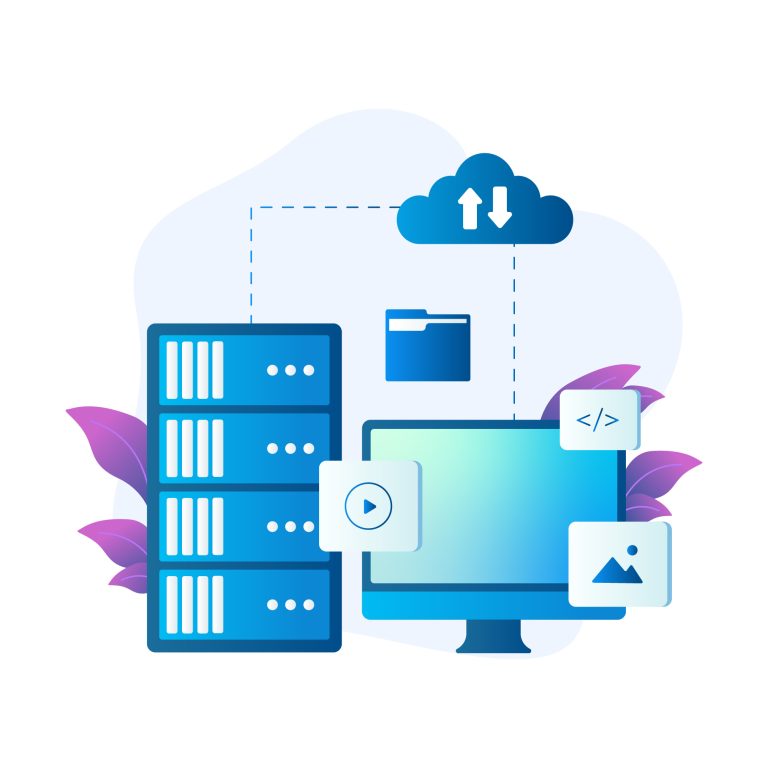Introduction:
In today’s digital world, data is generated at an unprecedented rate, and managing and organizing it efficiently is crucial. Traditional relational databases have been the go-to solution for many years, but with the rise of modern applications and complex data structures, developers sought a more flexible and scalable approach. This is where MongoDB comes into play – a powerful NoSQL database that has revolutionized the way we handle data. In this blog post, we will delve into the world of MongoDB, exploring its features, benefits, and use cases.
What is MongoDB?
MongoDB is a document-oriented NoSQL database that provides high performance, scalability, and flexibility for handling large volumes of data. Unlike traditional relational databases, MongoDB does not use tables with fixed schemas. Instead, it stores data in flexible, JSON-like documents called BSON (Binary JSON), allowing for easy representation and storage of complex data structures.
Key Features of MongoDB:
- Document-Oriented:
- MongoDB’s document model allows for the storage of heterogeneous, nested data structures within a single document. This flexibility enables developers to adapt and evolve their data models without affecting the entire database.
- Scalability:
- MongoDB is designed to scale horizontally, meaning it can distribute data across multiple servers or clusters. This horizontal scaling allows for the seamless handling of large datasets and high-traffic loads.
- High Performance:
- MongoDB’s design optimizes read and writes operations by storing data in a binary format (BSON) and offering various indexing techniques. It also supports in-memory storage, sharding, and replication, ensuring efficient data access and high availability.
- Flexible Data Schema:
- MongoDB’s dynamic schema allows for the easy addition, modification, or removal of fields from documents without downtime or migrations. This flexibility is particularly valuable during the early stages of development when requirements often change rapidly.
- Rich Query Language:
- MongoDB’s query language supports a wide range of operations, including CRUD (Create, Read, Update, Delete), aggregation, geospatial queries, and text searches. It also provides powerful indexing options to optimize query performance.
Benefits of MongoDB:
- Agile Development:
- MongoDB’s flexible data model aligns well with agile development methodologies, enabling developers to iterate quickly and adapt to changing requirements.
- Scalability and High Availability:
- MongoDB’s ability to scale horizontally across multiple servers or clusters ensures that applications can handle growing data volumes and traffic loads. Additionally, built-in replication and failover mechanisms provide high availability and fault tolerance.
- Performance:
- MongoDB’s architecture and indexing mechanisms optimize query performance, resulting in faster data retrieval. It also offers features like in-memory storage and workload isolation to further enhance performance.
- Easy Integration:
- MongoDB provides official drivers and APIs for a wide range of programming languages, making it easy to integrate with different application stacks and frameworks. It also supports various data formats, including JSON, BSON, and CSV.
Use Cases for MongoDB:
- Content Management Systems:
- MongoDB’s flexible schema makes it an excellent choice for content management systems where content structures can vary greatly. It allows for efficient storage and retrieval of content items, metadata, and relationships.
- Real-Time Analytics:
- MongoDB’s scalability and high-performance capabilities make it suitable for real-time analytics platforms. Its ability to handle large volumes of data and perform complex queries enables organizations to derive insights quickly.
- Internet of Things (IoT):
- With the proliferation of IoT devices generating massive amounts of data, MongoDB can handle the high velocity and variety of IoT data. It allows for storing and processing sensor readings, telemetry data, and device metadata.
- Personalization and Recommendations:
- MongoDB’s document model allows for storing and retrieving user profiles, preferences, and historical data, making it an excellent choice for personalized recommendation systems.
Conclusion:
MongoDB has emerged as a leading NoSQL database, offering developers a flexible and scalable solution for handling complex data requirements. Its document-oriented nature, scalability, high performance, and easy integration make it a versatile choice for a wide range of applications. As the digital landscape continues to evolve, MongoDB remains a powerful tool for managing and organizing data efficiently.
Whether you are building a content management system, a real-time analytics platform, or an IoT application, MongoDB provides the tools and capabilities to handle your data needs effectively. So, dive into the world of MongoDB, experiment with its features, and unlock new possibilities for your applications.
Image by Freepik


